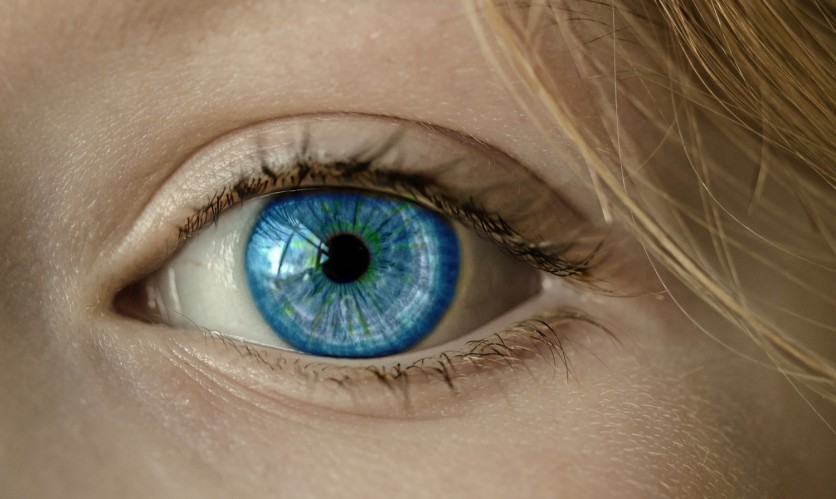A gene therapy that has shown success in treating dogs with inherited eye disease at Michigan State University is now prepared to undergo clinical trials in humans to assist those with retinitis pigmentosa, a collection of rare genetic illnesses that result in vision loss due to the death of light-sensing cells in the retina.

Vision loss commences at a young age and progresses throughout the lifespan. There is no current cure for retinitis pigmentosa, and this therapy may have the ability to halt vision loss in patients with CNGB1-retinitis pigmentosa, which affects an estimated 2 million people globally, 100,000 of whom are in the United States.
Simon Petersen-Jones, the lead author of the study, stated that "This promising therapy that works so well in dogs is now sufficiently developed that the next step is to take it forward for a clinical trial in human patients."
Eye Disease-Causing Gene
A gene known as cyclic nucleotide-gated channel beta 1 (CNGB1) can cause eye disease when it is mutated in both humans and dogs. Dogs develop a type of progressive retinal atrophy, while humans develop retinitis pigmentosa.
Since gene therapy has been successful in treating dogs with progressive retinal atrophy caused by CNGB1 mutations, it is now poised to be used to treat humans with CNGB1-retinitis pigmentosa.
During the study, Petersen-Jones utilized an adeno-associated virus (AAV) vector to transport a healthy version of the CNGB1 gene, which was placed under the control of a novel gene promoter.
Petersen-Jones worked with collaborators to create a modified version of the promoter for human rhodopsin, a crucial gene in retinal rod cells, which is now used as a novel promoter.
This innovative promoter ensures that the CNGB1 gene delivered by the therapy will only be functional in the targeted rod photoreceptor cells.
The therapy, called AAV5-RHO-CNGB1, is composed of adeno-associated virus serotype 5 and the short rhodopsin promoter, CNGB1 gene combination.
The therapy is administered under the retina to specifically target the light-sensing rod cells that rely on normal CNGB1 for survival and function.
By introducing a working copy of CNGB1, the therapy effectively restores normal rod cell function and halts the accumulation of toxic cyclic guanosine monophosphate, which can cause cell death if left unchecked.
Additionally, the therapy preserves cone function and retinal structure by preventing photoreceptor degeneration.
FDA approval soon?
This study involved 20 authors from eight international institutions, including both academia and industry. The results show the gene therapy's long-term efficacy and build on previous research.
Petersen-Jones is optimistic that the therapy will prove successful in human trials, leading to FDA approval and ultimately helping those with CNGB1-retinitis pigmentosa.
The findings of the study were published in the journal Molecular Therapy.
Related Article : Researchers Claim that Gene Therapy Saves Mice from Heart Attacks - Can It Save Humans Too?

ⓒ 2025 TECHTIMES.com All rights reserved. Do not reproduce without permission.




